South Island takahē: This was believed to be an extinct species but it was rediscovered in 1948 in an isolated valley in the Murchison Mountains in New Zealand.
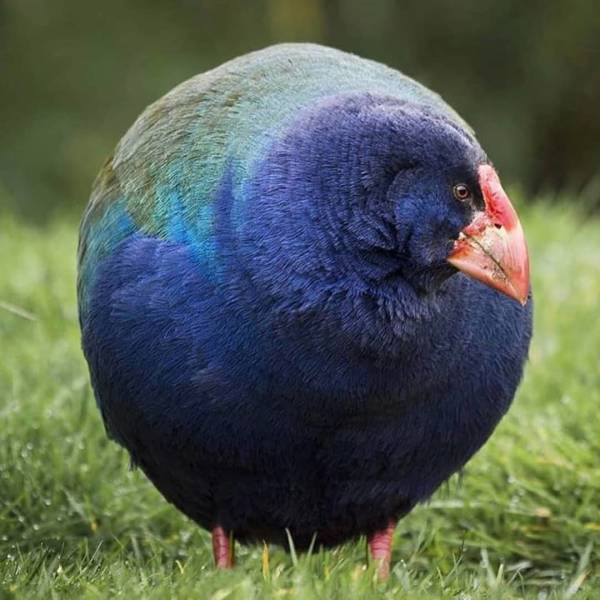
The Golden mole has eyeballs but they are hidden under their fur and are not functional.
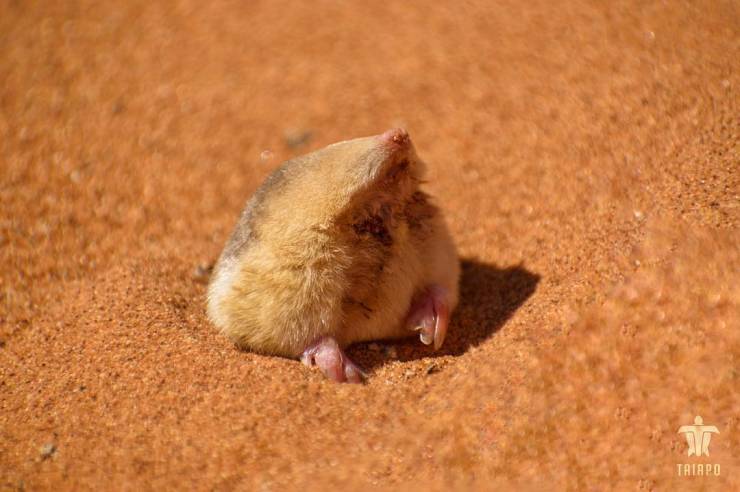
Breviceps can’t jump, they can only walk.
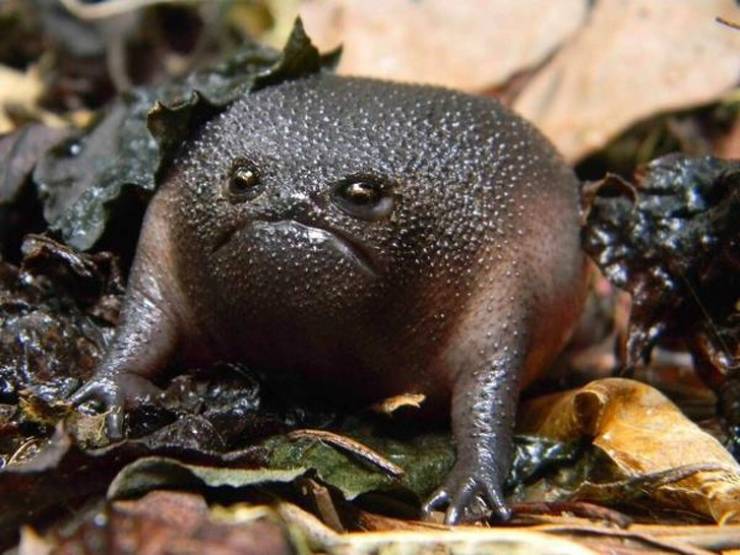
Oriental dwarf kingfishers ambush their prey.
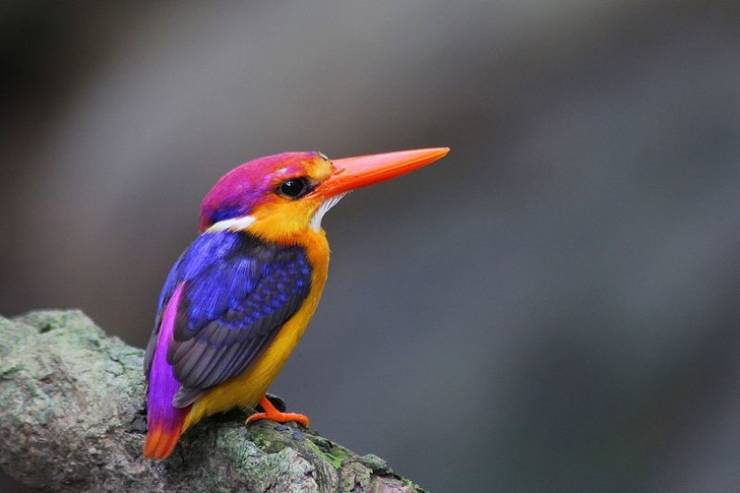
Leafy sea dragons are endangered because of poor ecology and are under the protection of the Australian government.
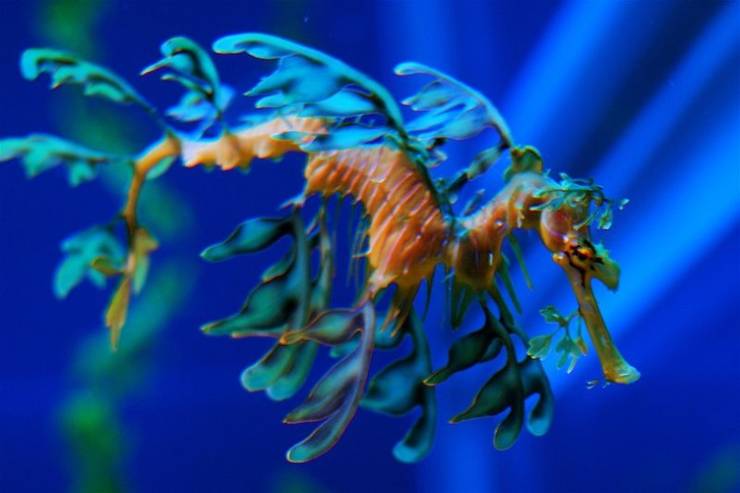
Only the male satyr tragopans have these blue lapels on their necks.
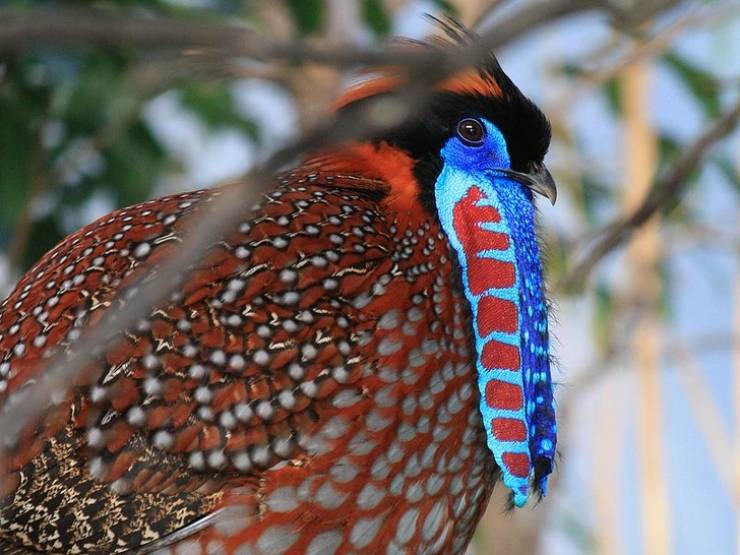
Thanks to their appearance, acraga coa moths are called pearl, marmalade, and crystal.
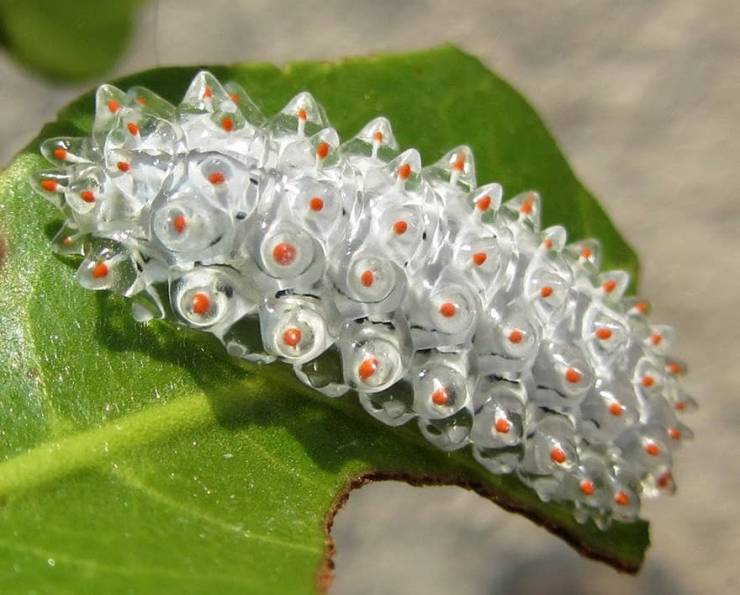
Tufted puffins have human-looking eyes. They can only make one egg at a time and they put it in a burrow made in the soft ground.
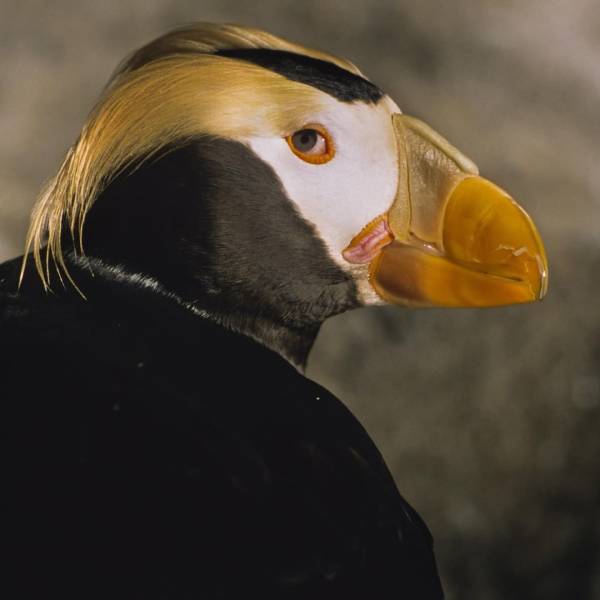
Experts don’t know a lot about these cute spiders called Encyosaccus sexmaculatus. They live in South America.
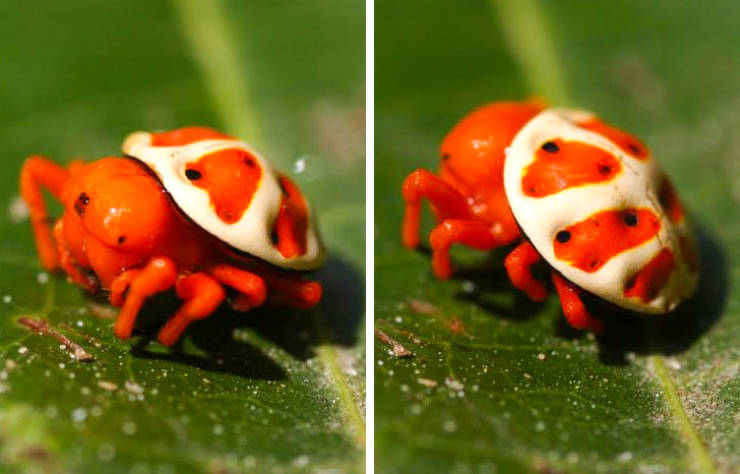
“Check out this crazy-looking grasshopper I found.”
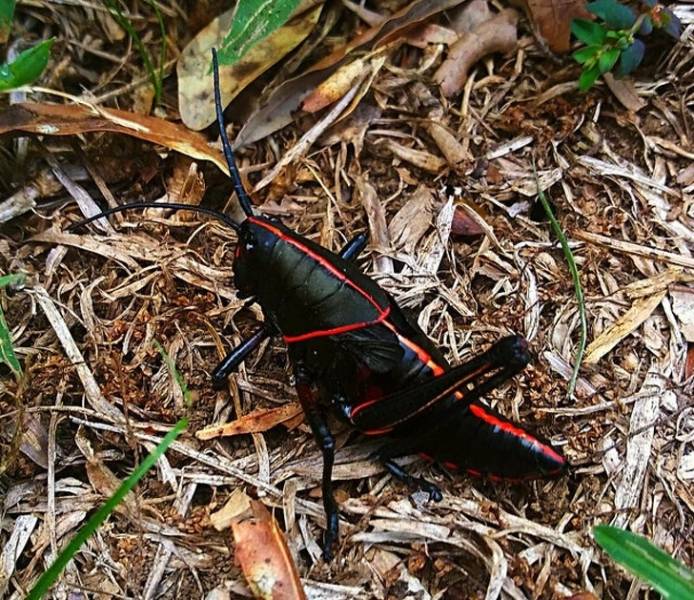
This is Romalea microptera which can be found in the southeast United States.
This spider with horns is found in Northern India and Bangladesh.
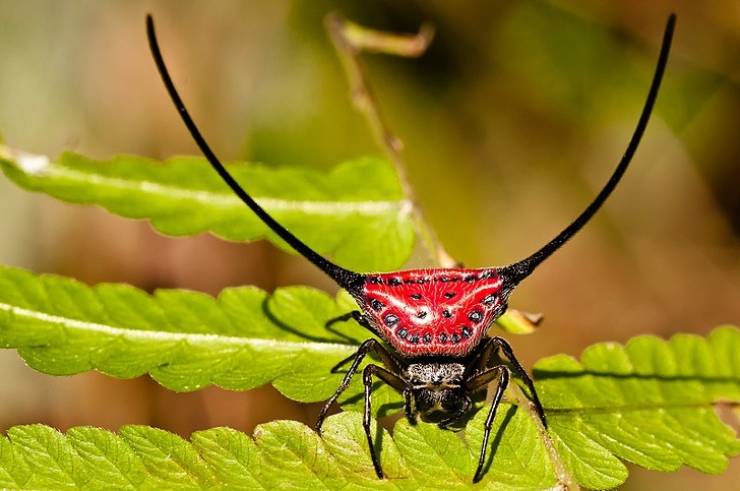
The southern elephant seal is the largest member of the clade Pinnipedia. The males can range from 4,900 lbs to 8,800 lbs and grow up to 14 ft to 19 ft in length.
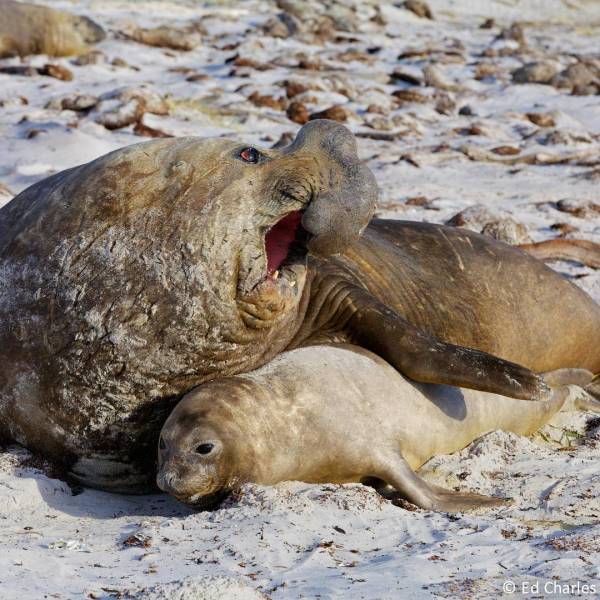
Only the male King eiders have this unusual color. The females are dark brown.
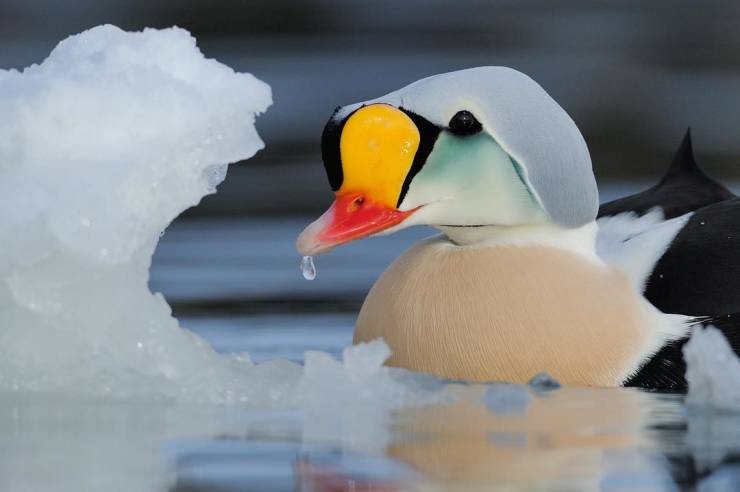
If you take a close look at the incisors of cape hyraxes, you will see that they are like small tusks. This is because they are related to elephants.
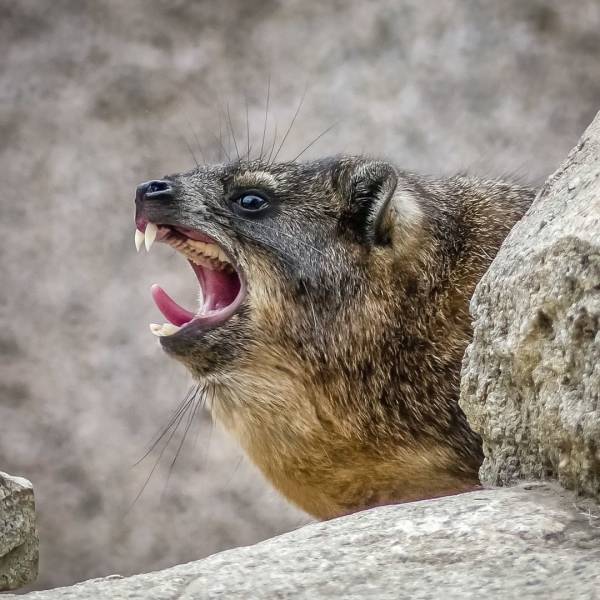
Males of the greater bird-of-paradise have unique appearances. They use that and their dancing abilities to attract females.
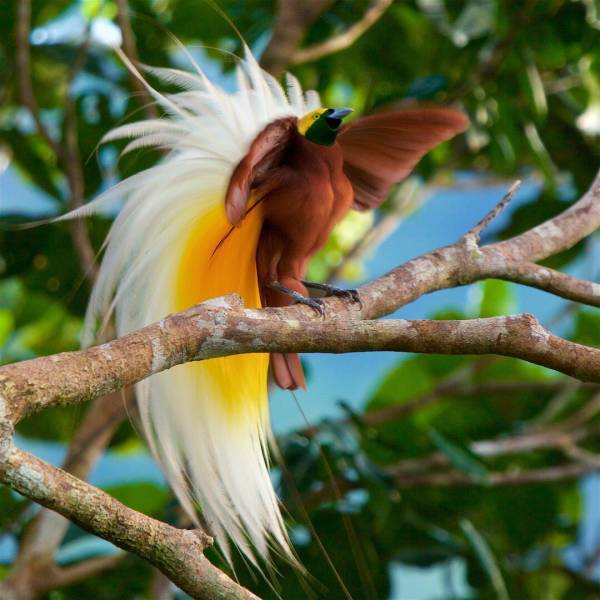
This insect with funny troll hair was discovered in 2012.
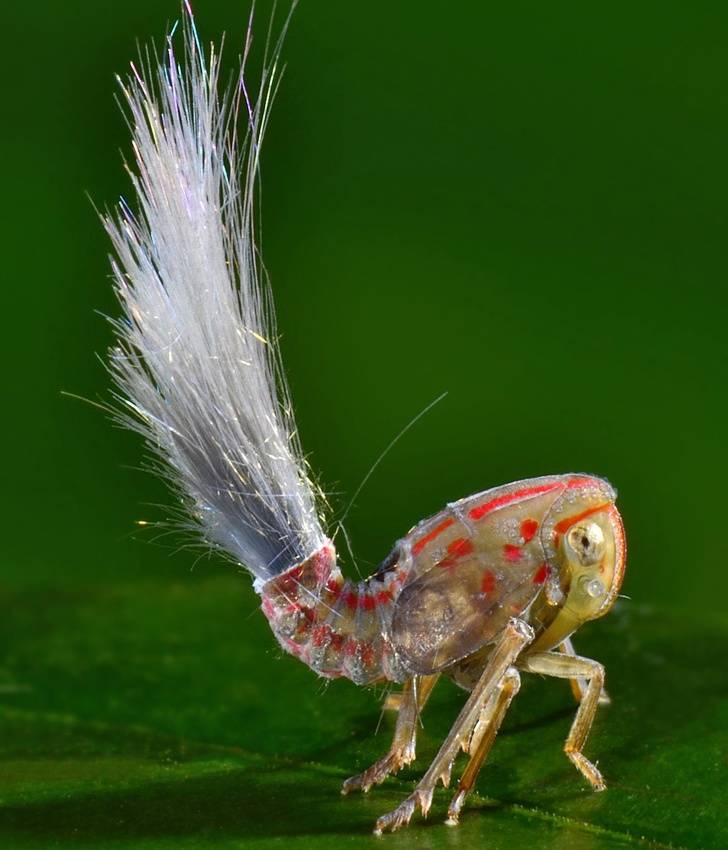
An albino zebra is also known as a golden zebra.
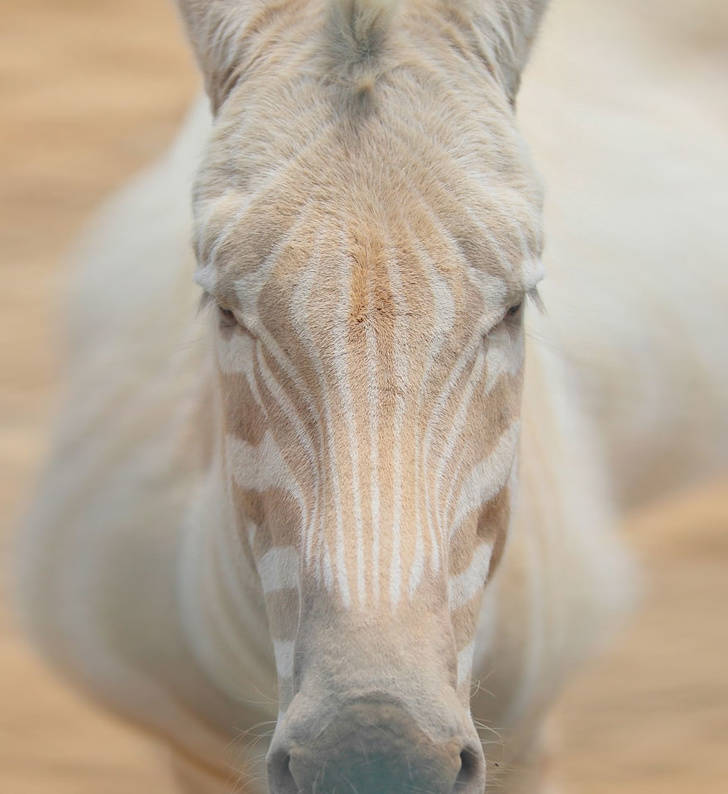
Golden tortoise beetles can change their color in development, during mating, and when they are in danger.
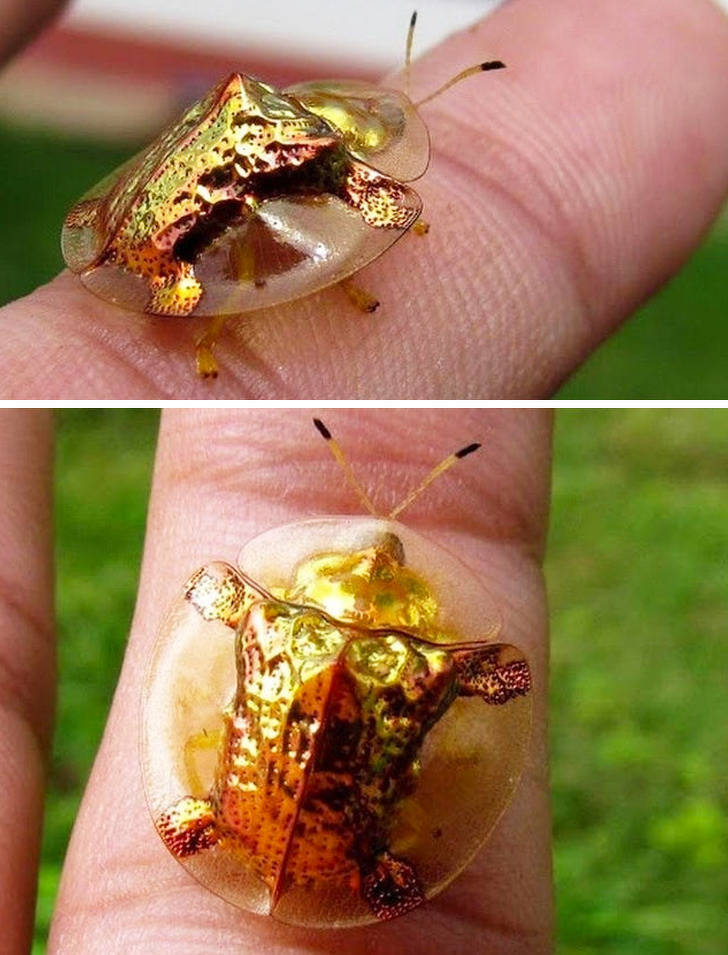
Grey peacock-pheasants can move very slowly when looking for food.
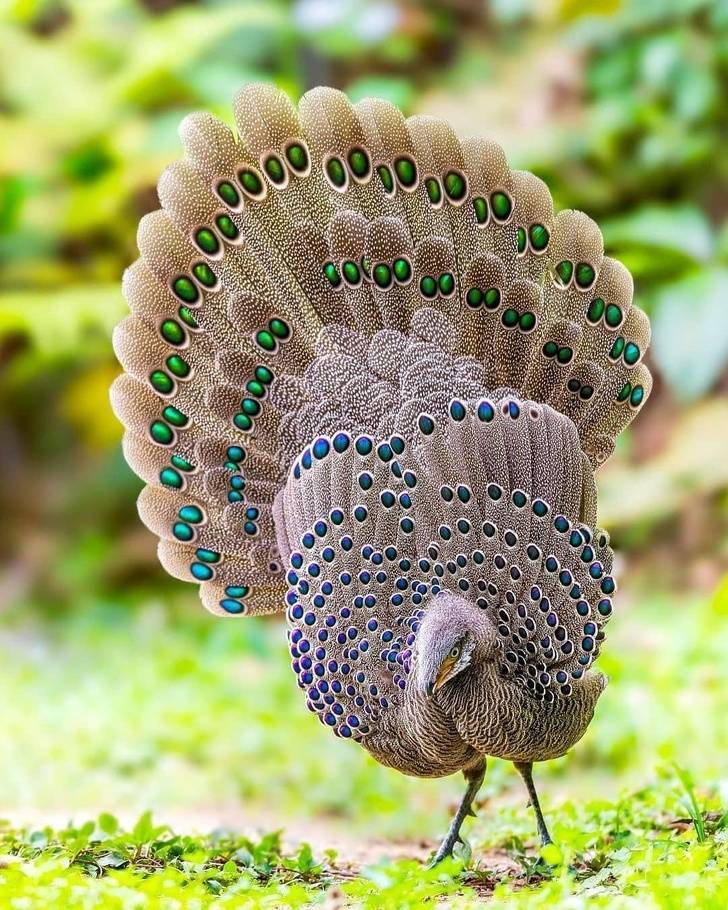
Yellow-tailed woolly monkeys are very rare and they can only be found in the Peruvian Andes.
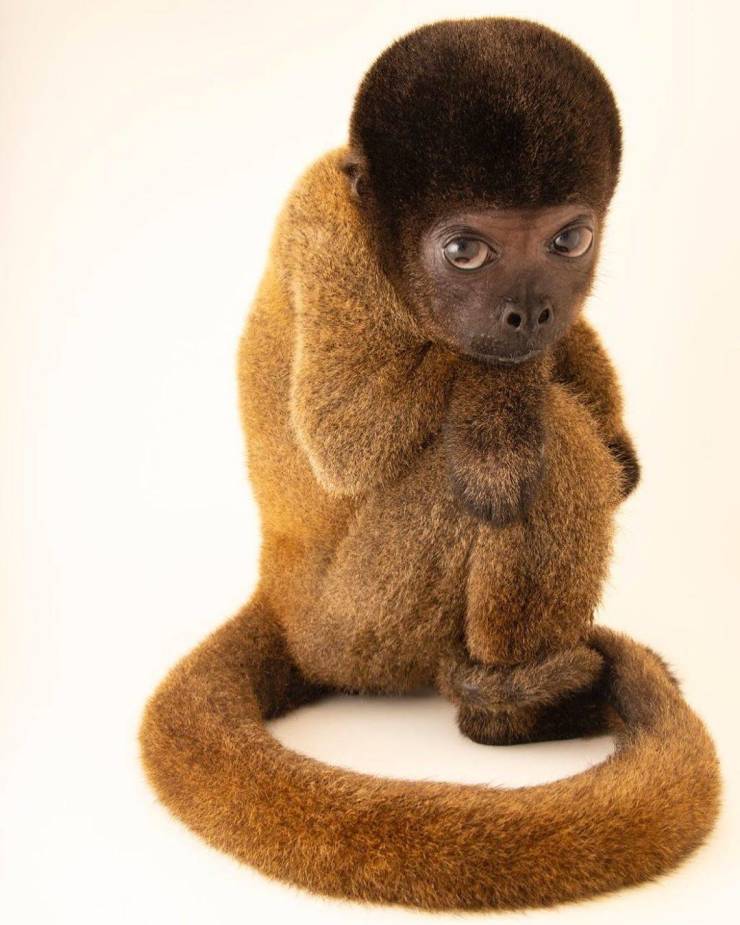
Blue-eyed black lemurs: Only the males become pitch black, females remain light-orange.
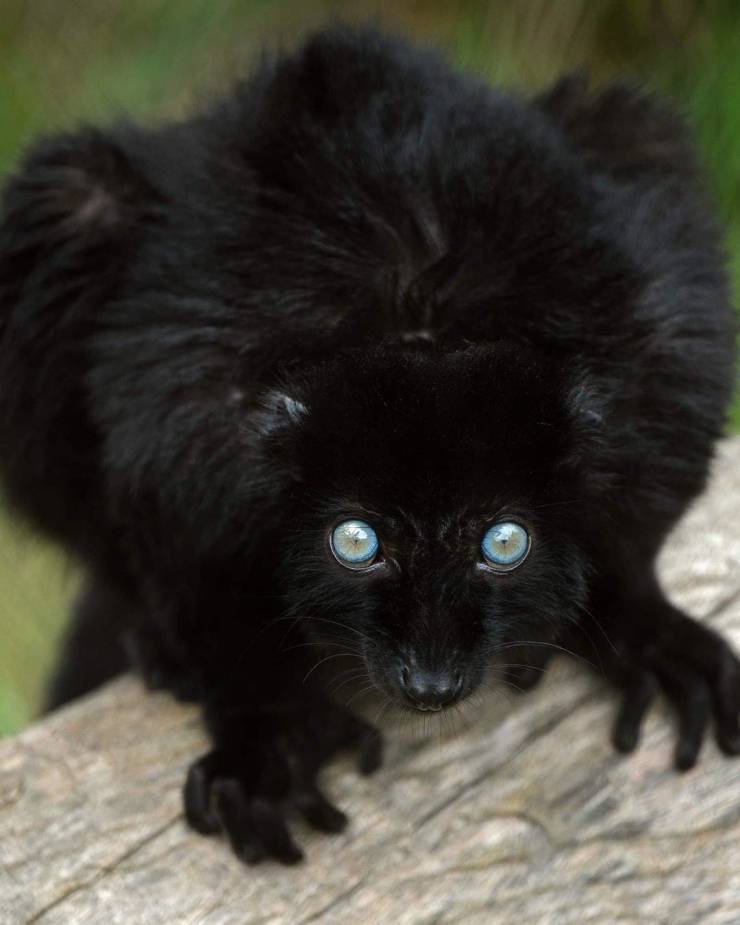
Mangalica is a Hungarian breed of house pigs that appeared in the middle of the 19th century.
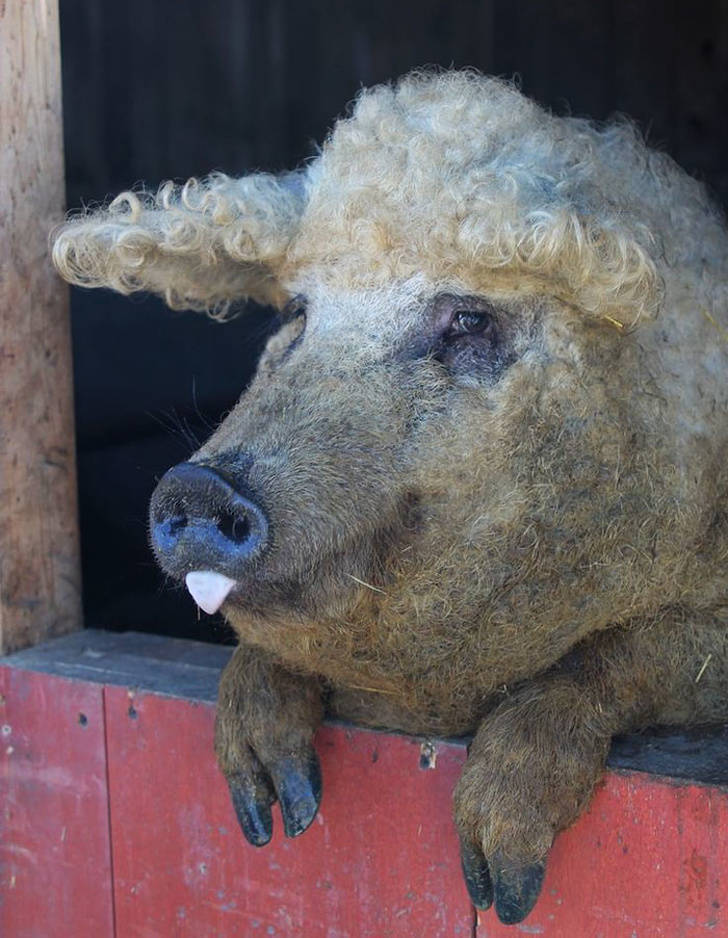
 Barnorama All Fun In The Barn
Barnorama All Fun In The Barn